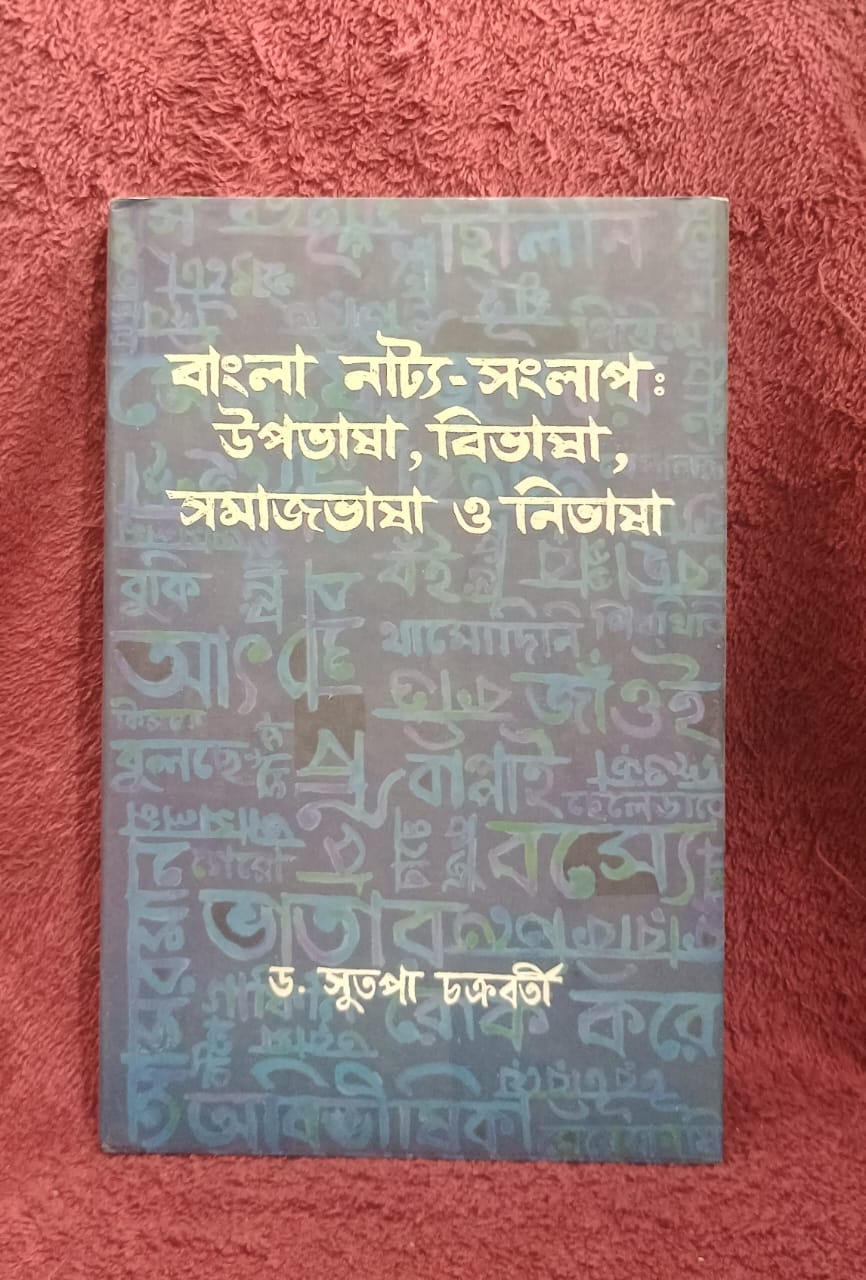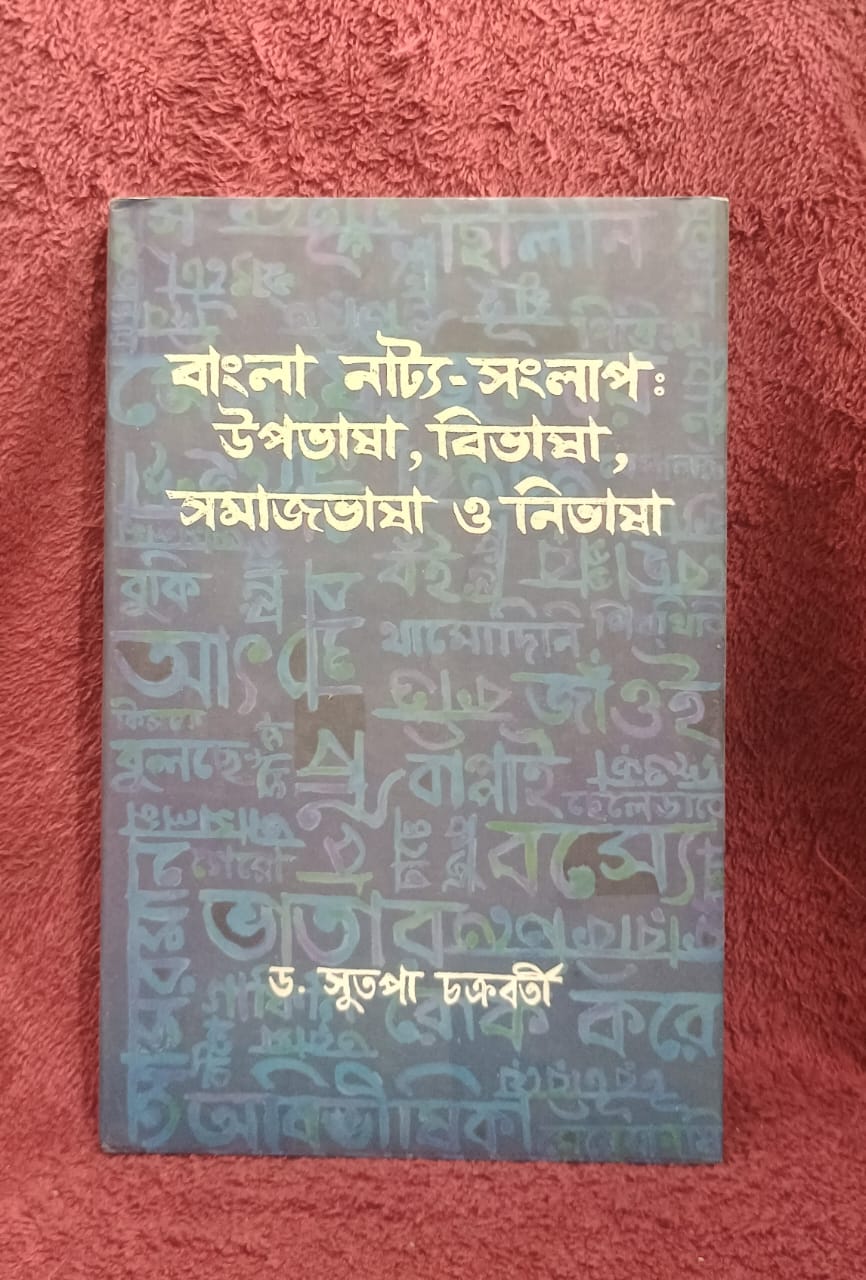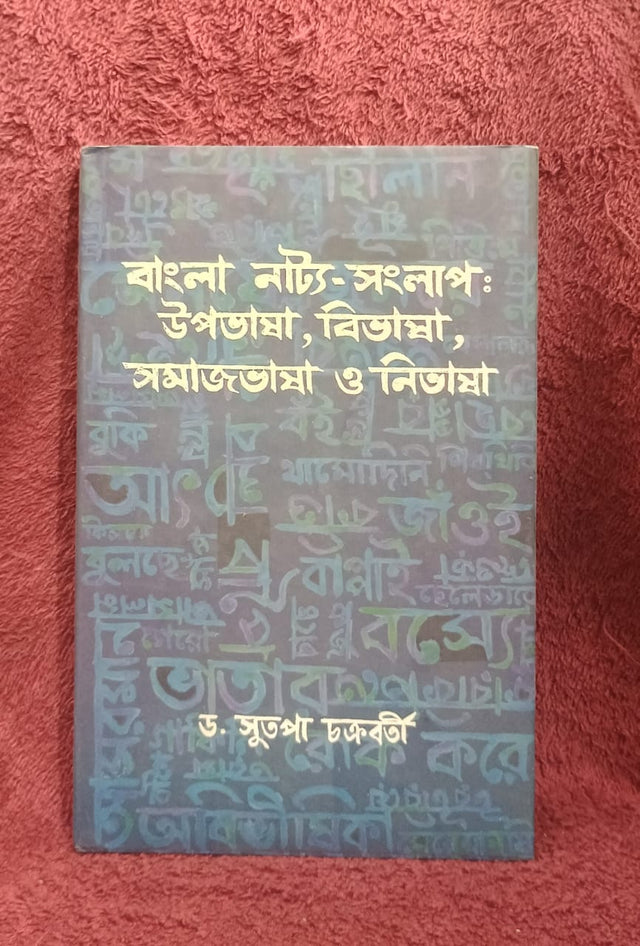Bangla Natyo-songlap : upobhasa,bibhasa, somajbhasa o nibhasa (Bengali Version)
Bangla Natyo-songlap : upobhasa,bibhasa, somajbhasa o nibhasa (Bengali Version) is backordered and will ship as soon as it is back in stock.
Couldn't load pickup availability
Genuine Products Guarantee
Genuine Products Guarantee
We guarantee 100% genuine products, and if proven otherwise, we will compensate you with 10 times the product's cost.
Delivery and Shipping
Delivery and Shipping
Products are generally ready for dispatch within 1 day and typically reach you in 3 to 5 days.
-
Author: Dr. Sutapa Chakraborty
-
Publisher: Pustak Bipani
-
Format: Hardcover
-
Language: Bengali
About the Book:
-
Focus: This book examines the nuances of dialogue in Bengali theatre, exploring the different types of speech used in dramatic performances, such as colloquial language (upobhasa), formal language (bibhasa), social language (somajbhasa), and the more stylized form of speech (nibhasa).
-
Themes: Dr. Sutapa Chakraborty explores how the use of language in Bengali theatre serves as a powerful tool for both character development and thematic expression. The book addresses how different forms of speech contribute to the realism and artistic quality of theatrical dialogues.
-
Content:
-
A thorough analysis of the various speech forms used in Bengali theatre, with an emphasis on how they affect the emotional impact and the audience’s understanding of characters and their social backgrounds.
-
Provides examples from famous Bengali plays to illustrate the diversity in dialogue and the role of language in shaping the dramatic experience.
-
Discusses how language in theatre reflects societal values, norms, and conflicts, and how playwrights use it to convey deeper meanings and cultural contexts.
-
-
Target Audience: Ideal for students and scholars of theatre, those interested in linguistic studies, and readers fascinated by the art of dialogue in Bengali drama and theatre.





